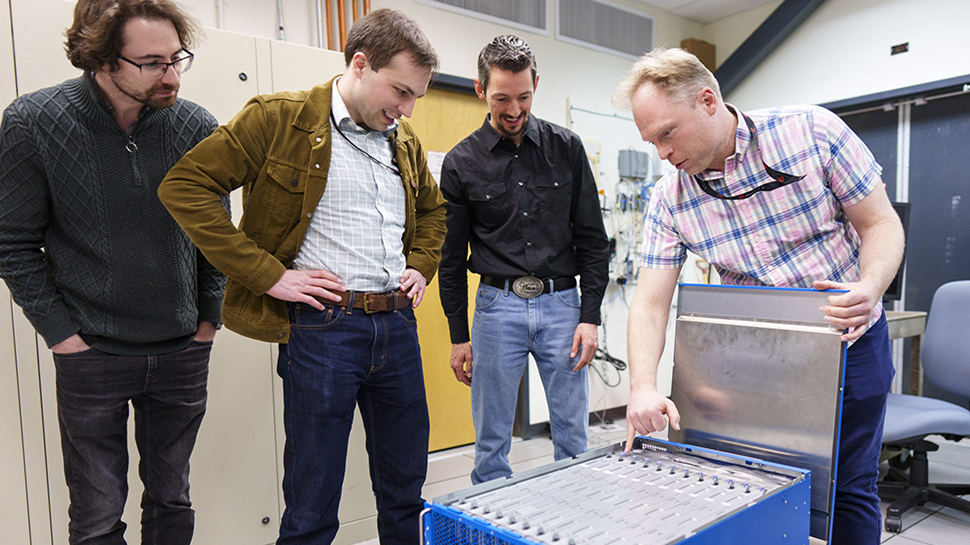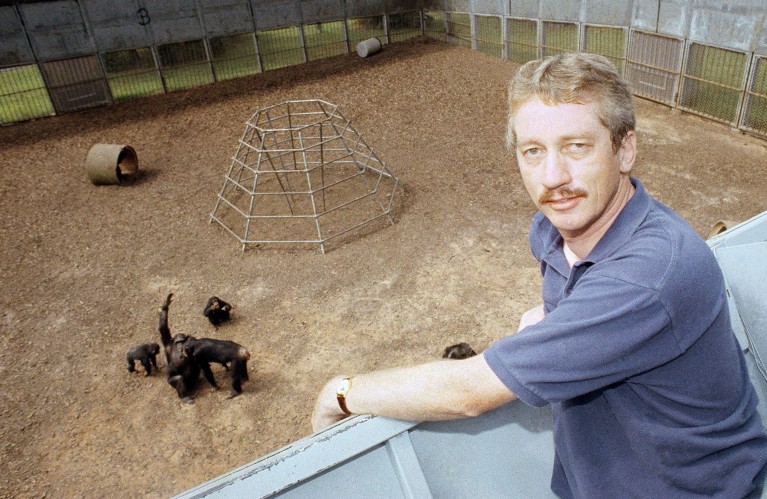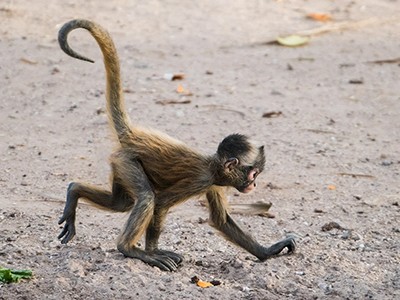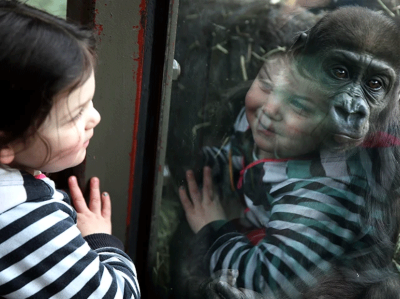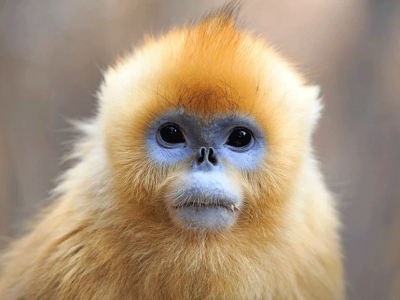[ad_1]

Esfuerzos para crear un mapa todo incluido Células humanas Dio un gran salto adelante. Investigadores asociados con Human Cell Atlas (HCA), un consorcio científico global, han publicado más de 40 estudios que detallan avances cruciales en el mapeo de los 37 billones de células que componen el cuerpo humano. Estos hallazgos, publicados el 20 de noviembre en la revista Nature, se centran en células que se encuentran en órganos como los pulmones, la piel y el cerebro, e identifican herramientas computacionales avanzadas para analizar grandes conjuntos de datos.
El proyecto tiene como objetivo perfilar células de diversas poblaciones de todo el mundo para determinar sus funciones, ubicaciones e interacciones únicas en diferentes etapas de la vida. Ya se han recopilado datos de 100 millones de células procedentes de más de 10.000 personas en más de 100 países. Para 2026, los investigadores planean presentar el primer borrador del atlas y se espera que las versiones futuras incluyan miles de millones de células.
Hallazgos detallados en todo el cuerpo.
entre los ultimos Resultados Es un mapa celular completo del sistema digestivo, desde el esófago hasta el colon. Este trabajo, basado en datos de 190 personas, reveló un tipo de célula responsable de enfermedades inflamatorias como la enfermedad de Crohn y la colitis ulcerosa. El profesor Itai Yanai de NYU Langone Health señaló que estas células probablemente desencadenen respuestas inmunes, lo que contribuye a la inflamación en el tejido enfermo.
Otros estudios han arrojado luz sobre el desarrollo humano temprano, incluidos conocimientos sobre la formación del esqueleto durante el embarazo y afecciones como la craneosinostosis. Los mapas que comparan el desarrollo del cerebro fetal con los organoides cerebrales cultivados en el laboratorio también resaltan la precisión de estos modelos, que replican la actividad del cerebro humano hasta el segundo trimestre del embarazo.
Implicaciones para la investigación médica
Los hallazgos tienen implicaciones para el descubrimiento de fármacos y la comprensión de las enfermedades. El Dr. Aviv Regev, copresidente de la HCA, comparó el trabajo con los avances en las tecnologías cartográficas y dijo: “Hemos pasado de mapas básicos y toscos a algo tan detallado como Google Maps”. Sin embargo, reconoció el importante trabajo que queda por delante para completar este ambicioso proyecto.
el investigación Ya ha dado lugar a descubrimientos innovadores, incluida la identificación de un nuevo tipo de célula pulmonar y conocimientos sobre qué tejidos están en riesgo. COVID-19. Los científicos pretenden seguir mejorando estos mapas, utilizando organoides y otros métodos para descubrir la biología humana y los mecanismos de las enfermedades.
[ad_2]
Source Article Link










